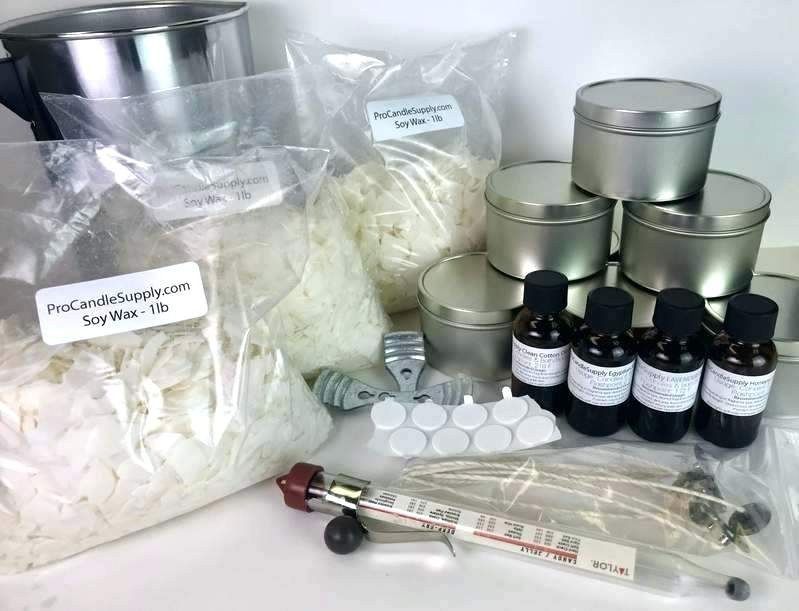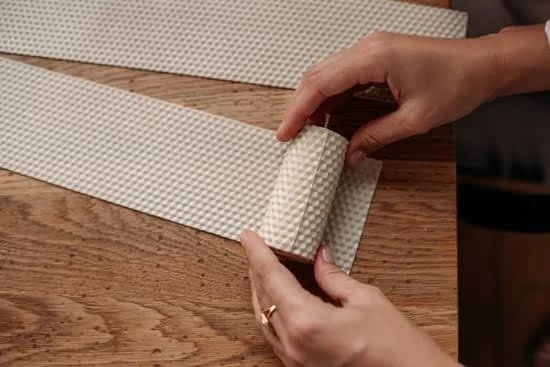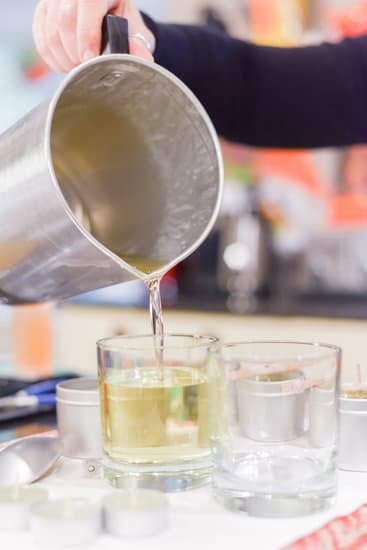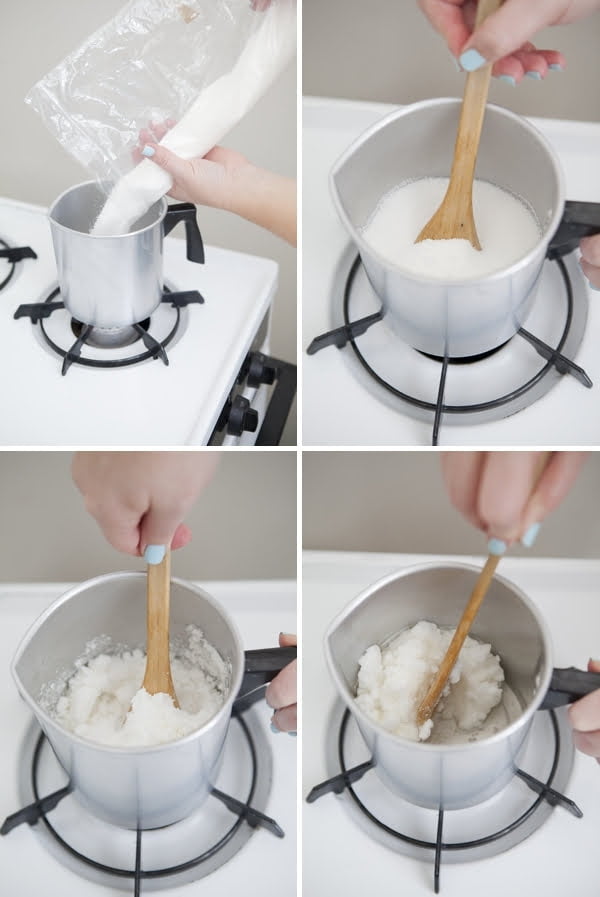Are you looking for a reliable tool to ensure the quality and safety of your candle making process? Look no further than the infrared thermometer. In this article, we will explore the concept and importance of using infrared thermometers in various industries, with a focus on their role in the art of candle making.
Infrared thermometers are an essential tool for measuring temperature without direct contact. They have become indispensable in industries such as manufacturing, food processing, and healthcare. When it comes to candle making, the use of an infrared thermometer is crucial for achieving accurate temperature readings throughout the production process.
Using an infrared thermometer offers a wide range of benefits when making candles. It provides precise temperature measurements, ensuring that the wax is melted at the correct temperature and allowing for efficient monitoring of cooling processes. Additionally, it enhances safety by eliminating the need for direct contact with hot surfaces or liquids, reducing the risk of burns or accidents during production.
Benefits of Using Infrared Thermometers for Making Candles
Using infrared thermometers in the candle making process offers a wide range of benefits that contribute to the overall efficiency and safety of the production. Here are some advantages of using infrared thermometers for making candles:
1. Accuracy: Infrared thermometers provide precise temperature readings without requiring direct contact with the object, ensuring accurate measurements of the wax temperature during melting, cooling, and pouring stages.
2. Efficiency: With the ability to quickly and accurately measure temperatures, infrared thermometers help streamline the candle making process, allowing for more efficient production and faster turnaround times.
3. Safety: Infrared thermometers eliminate the need to physically touch hot surfaces or molten wax to measure temperatures, reducing the risk of burns or injuries for candle makers.
In addition to these advantages, using an infrared thermometer for making candles also promotes cost-effectiveness by minimizing material waste and energy consumption. Overall, integrating this technology into candle production can significantly improve product quality and consistency while enhancing workplace safety.
When deciding on a specific type of infrared thermometer for candle making, it’s crucial to consider factors such as temperature range compatibility with wax melting points, accuracy requirements for different stages of production, and ease of use for operators. By choosing the right infrared thermometer suited to the unique needs of candle making, manufacturers can maximize its benefits and ensure a seamless integration into their production processes.
Types of Infrared Thermometers
When it comes to making candles, having the right tools is essential for ensuring quality and consistency in the production process. One important tool that has become indispensable for candle makers is the infrared thermometer. Infrared thermometers provide a quick and accurate way to measure temperature, which is crucial for various stages of candle making such as melting wax, monitoring cooling temperatures, and ensuring safety in the production environment.
Here are the different types of infrared thermometers available in the market and their suitability for candle making:
- Spot Infrared Thermometers: These thermometers are designed to measure a specific spot on an object’s surface. They are practical for checking the temperature of individual candle molds or wax containers during the melting process.
- Infrared Scanning Thermometers: This type of thermometer allows for continuous temperature measurement by scanning across a surface. It can be useful for monitoring overall temperature variations within a candle making space or when conducting quality control checks on finished products.
- Infrared Temperature Guns: Also known as IR guns, these handheld devices are versatile and can be used from a distance to measure temperature accurately. They are suitable for taking quick measurements while pouring wax or checking cooling temperatures without having to make direct contact with the wax.
When choosing an infrared thermometer for candle making, it’s essential to consider factors such as temperature range, accuracy, ease of use, and the specific requirements of your candle making process. Whether you opt for a spot infrared thermometer, an infrared scanning thermometer, or an infrared temperature gun will depend on your individual needs and preferences as a candle maker. Ultimately, investing in a reliable infrared thermometer can greatly improve efficiency and safety in your candle making endeavors.
Choosing the Right Infrared Thermometer for Candle Making
When it comes to choosing the right infrared thermometer for candle making, there are several factors and tips to consider in order to ensure that you select the most suitable one for your specific needs. One of the first factors to consider is the temperature range of the infrared thermometer.
Since candle making involves working with hot wax, it’s important to choose a thermometer that can accurately measure high temperatures. Look for an infrared thermometer with a wide temperature range that goes beyond the melting point of wax.
Accuracy is another important factor to consider when selecting an infrared thermometer for candle making. The accuracy of temperature readings is crucial in ensuring that the wax is at the right temperature during the different stages of candle making. Look for a thermometer with a high degree of accuracy to ensure that your candles turn out perfect every time.
Ease of use is also a key consideration when choosing an infrared thermometer for candle making. The last thing you want is to struggle with a complicated or difficult-to-use thermometer while trying to monitor the temperature of your wax. Look for a thermometer that is user-friendly, easy to operate, and provides clear and instant temperature readings.
In addition to these factors, it’s also important to consider the build quality and durability of the infrared thermometer. Since candle making can be a messy and sometimes hectic process, you’ll want a thermometer that can withstand potential spills and splatters without being damaged. By considering these tips and factors, you can ensure that you choose the right infrared thermometer for your candle making needs, ultimately leading to more efficient and successful production processes.
How to Use an Infrared Thermometer in Candle Making
Melting the Wax
When using an infrared thermometer for making candles, the first stage where it comes in handy is when melting the wax. Before pouring the wax into molds, it needs to be at the correct temperature. An infrared thermometer can accurately measure the surface temperature of the melted wax, ensuring that it reaches the optimal temperature for pouring without overheating.
Pouring the Wax
After achieving the ideal temperature for the melted wax, it is crucial to monitor its temperature during the pouring process. Using an infrared thermometer allows candle makers to check and maintain consistent temperatures as they pour the wax into molds. This helps to ensure that each candle sets properly and prevents any issues due to uneven cooling.
Monitoring Cooling Process
Once the candles have been poured and are cooling down, an infrared thermometer remains useful for monitoring their temperatures as they solidify. This step is essential for preventing issues such as cracking or frosting on the surface of the candles. By regularly checking and maintaining consistent temperatures with an infrared thermometer, candle makers can produce high-quality candles with a smooth finish.
By following these steps and utilizing an infrared thermometer throughout each stage of candle making, producers can improve both efficiency and product quality. The accuracy and ease of use provided by infrared thermometers make them valuable tools in creating high-quality candles that meet industry standards and customer expectations.
Maintaining and Calibrating Infrared Thermometers
Importance of Maintenance
One of the primary reasons for maintaining infrared thermometers is to ensure their longevity and reliability. Regular cleaning and inspection of the tool can help detect any issues early on, preventing potential malfunctions that could affect temperature readings during candle making. Additionally, proper storage and handling of the thermometer can extend its lifespan and maintain its accuracy.
Calibration Process
Calibrating an infrared thermometer involves adjusting it to ensure accurate temperature measurements. This process is typically performed by comparing the thermometer’s reading to a known standard, such as a calibrated reference thermometer. By regularly calibrating the device, candle makers can be confident that their temperature readings are precise, leading to consistent and high-quality products.
Frequency of Calibration
The frequency of calibration for an infrared thermometer used in candle making depends on how often it is used and the precision required for the specific application. Generally, it is recommended to calibrate these instruments at least once a year. However, if the tool undergoes rough handling or experiences extreme temperatures, more frequent calibration may be necessary to maintain accuracy.
By following proper maintenance and calibration practices for infrared thermometers used in candle making, manufacturers can ensure reliable temperature measurements throughout their production process. This attention to detail not only contributes to the quality of their candles but also promotes a safe working environment for their employees.
Safety Tips for Using Infrared Thermometers in Candle Making
When using an infrared thermometer for making candles, it is essential to observe certain safety precautions to prevent accidents and ensure a safe working environment. One of the most important safety tips is to always wear appropriate personal protective equipment (PPE), such as heat-resistant gloves and safety goggles, when handling hot wax and using the thermometer to measure temperatures during the candle making process. This will help protect against burns and other potential hazards.
In addition, it is crucial to handle the infrared thermometer with care and caution, especially when taking temperature readings of hot surfaces or molten wax. Avoid touching the hot surface directly with the thermometer and maintain a safe distance while aiming the device at the target area to measure the temperature accurately.
Furthermore, always be mindful of potential fire hazards when working with open flames in the candle making process, and use the infrared thermometer in a well-ventilated area to minimize any risks associated with fumes or vapors.
Another important safety measure when using an infrared thermometer for making candles is to familiarize yourself with the specific operational guidelines and instructions provided by the manufacturer. Understanding how to properly operate, calibrate, and maintain the device will not only ensure accurate temperature measurements but also contribute to overall user safety. Regular maintenance and calibration of the infrared thermometer are essential for its proper functioning and reliability in candle making.
| Safety Precaution | Explanation |
|---|---|
| Wear PPE | Use heat-resistant gloves and safety goggles when handling hot wax. |
| Handle with Care | Avoid direct contact with hot surfaces and maintain a safe distance while aiming. |
| Familiarize with Operational Guidelines | Understand how to operate, calibrate, and maintain the device for accurate measurements. |
Case Study
In conclusion, the use of infrared thermometers in the candle making process has proven to be highly beneficial for manufacturers and DIY candle enthusiasts alike. The accuracy, efficiency, and safety provided by these devices make them a valuable tool in ensuring the quality and consistency of candle production.
With various types of infrared thermometers available in the market, candle makers can choose the most suitable option based on their specific needs. Whether it’s a spot infrared thermometer for monitoring individual components or an infrared temperature gun for quick and easy readings, there is a solution for every stage of the candle making process.
Furthermore, maintaining and calibrating the infrared thermometers is crucial to ensure accurate temperature readings, which ultimately impacts the quality of the final product. By following proper safety measures and taking into account the tips for choosing the right infrared thermometer, candle makers can optimize their production process and achieve successful results.
Overall, real-life success stories from candle makers who have integrated infrared thermometers into their production process attest to the positive impact these devices have had on efficiency and product quality. As technology continues to advance, it is clear that incorporating tools such as infrared thermometers will further revolutionize the art of candle making.

Welcome to my candle making blog! In this blog, I will be sharing my tips and tricks for making candles. I will also be sharing some of my favorite recipes.





